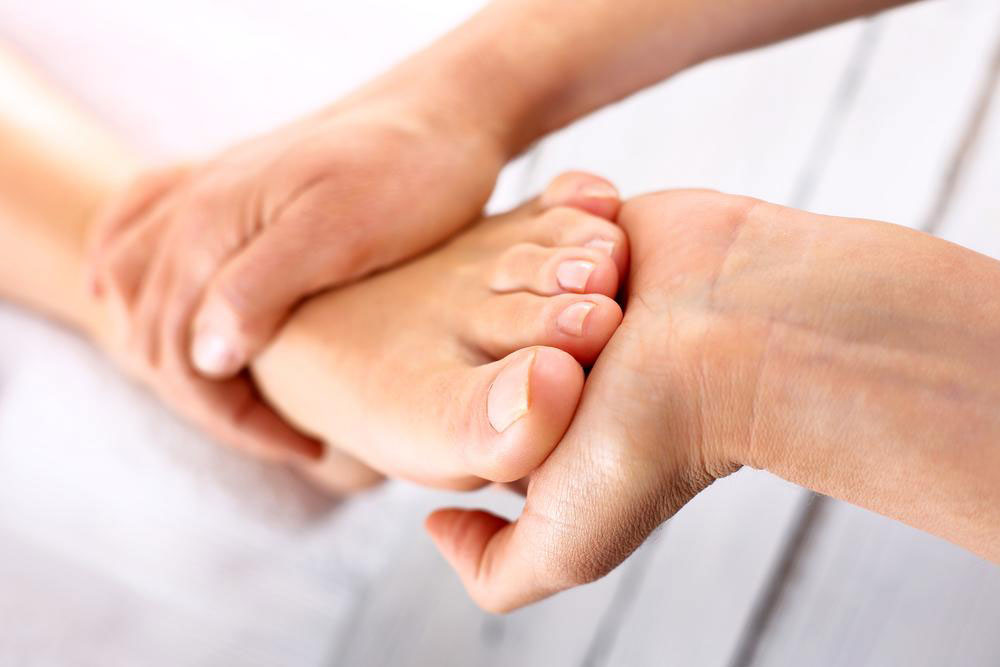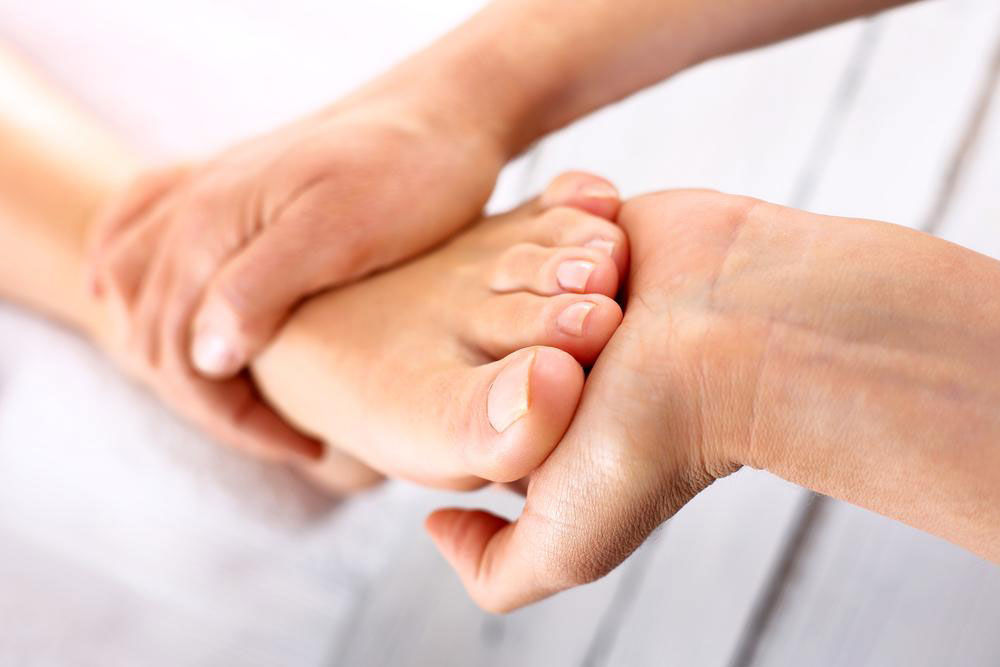Comprehensive Guide to Causes and Treatments for Heel and Foot Pain
This comprehensive guide explores the most common causes of heel and foot pain, including plantar fasciitis, arthritis, and nerve issues. It provides insights into symptoms and treatment options, helping individuals identify and manage foot discomfort effectively for improved mobility and quality of life.

Understanding the Common Causes of Foot and Heel Discomfort
Foot and heel pain are common complaints affecting individuals of all ages, often resulting from a variety of injuries, inflammatory conditions, and structural abnormalities. The precise cause of foot discomfort can vary significantly, ranging from simple overuse injuries to complex chronic conditions. Recognizing the underlying reason for heel and foot pain is crucial for effective management and treatment.
Many factors can contribute to discomfort, including ligament and tendon injuries, joint inflammation, nerve problems, and structural deformities. For example, conditions like arthritis—whether rheumatoid or gouty—are known to cause persistent joint pain that can severely impact mobility. Nerve issues, notably peripheral neuropathy, often lead to sharp, stabbing sensations, especially localized in the heel, sole, or toes.
Understanding these causes not only helps in appropriate diagnosis but also guides targeted treatment strategies to alleviate pain and restore function.
Plantar Fasciitis — A prevalent cause of heel pain, plantar fasciitis involves inflammation or overstretching of the plantar fascia ligament, leading to stiffness and pain primarily in the arch and heel. It often results from overuse, improper footwear, or repetitive stress.
Arthritis — Various forms of arthritis, such as rheumatoid, psoriatic, or osteoarthritis, can affect the small joints of the feet, causing swelling, stiffness, and persistent pain.
Sprains and Strains — Engaging in physical activities or sudden movements can lead to injuries of ligaments and muscles in the foot, resulting in pain, swelling, and bruising.
Ingrown Toenails — When toenails grow into the surrounding skin, it causes redness, tenderness, and sometimes infection, contributing to discomfort and swelling.
Fibromyalgia — A chronic condition characterized by widespread musculoskeletal pain, including in the feet; it often accompanies fatigue, sleep disturbances, and heightened pain sensitivity.
Tendinitis — Inflammation of tendons connecting muscles to bones in the foot can cause sharp pain, tenderness, and decreased mobility.
Bone Fractures — Fractures resulting from falls, accidents, or high-impact trauma require immediate medical attention, often involving immobilization or surgical intervention.
Sciatica — Although primarily associated with lower back pain, a pinched sciatic nerve can cause radiating pain down the leg and into the foot, which worsens with movement or prolonged standing.
Bunions — A deformity characterized by swelling at the base of the big toe, leading to misalignment and discomfort, often worsened by tight footwear.
Gout — A metabolic disorder involving the accumulation of uric acid crystals in joints, causing sudden, severe, and painful swelling, typically in the big toe.
Treatment options vary depending on the specific condition but generally include rest, ice application, appropriate medications (such as anti-inflammatory drugs or pain relievers), and footwear adjustments. In more severe or chronic cases, specialized treatments, physical therapy, or surgical procedures might be necessary to alleviate symptoms and restore normal function.





